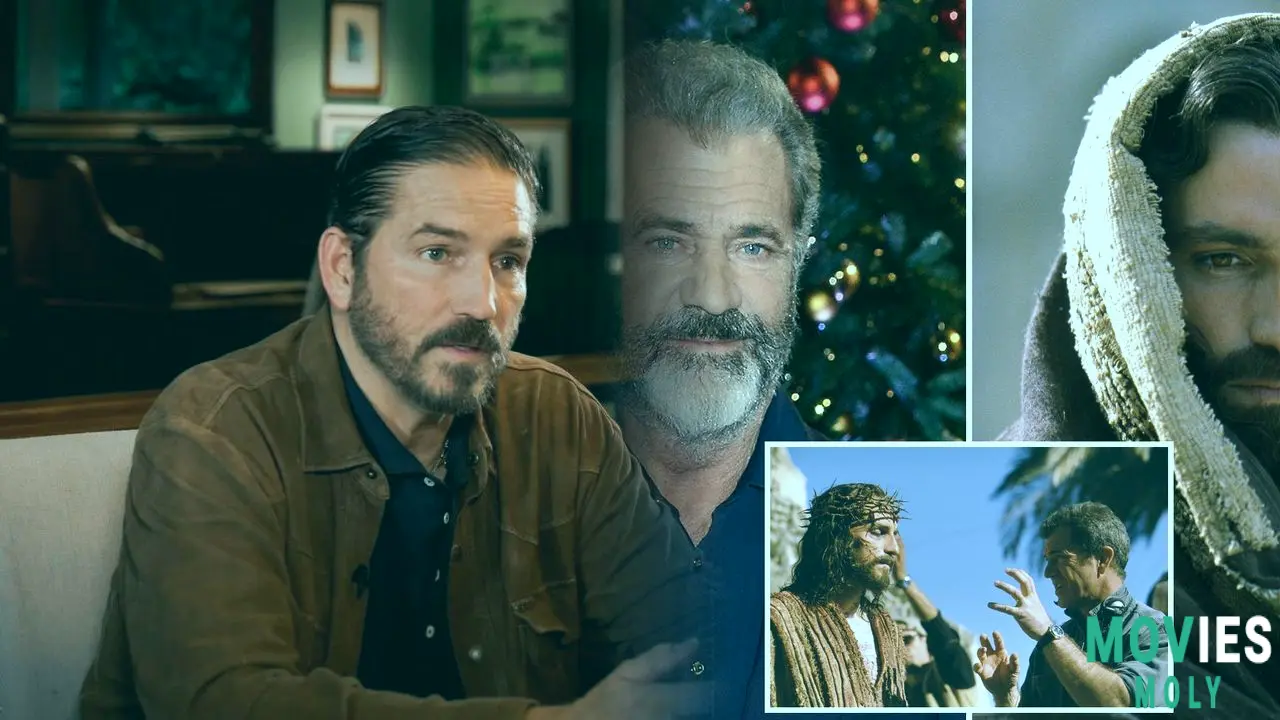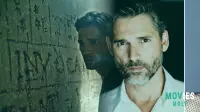Mel Gibson’s name is etched in cinematic history not just through his lens-shattering direction, but through the sheer grit and conviction he brings to every project. Whether it’s the dystopian roar of Mad Max, the blood-soaked spirituality of The Passion Of The Christ, or the upcoming biblical odyssey The Resurrection of the Christ, Gibson remains a filmmaker who operates on instinct, faith, and relentless passion. And somehow, his story — like many superheroes’ — has a quiet origin point in a century-old Queen Anne villa in Adelaide.
The Adelaide Villa That Sheltered a Hollywood Rebel During His Mad Max DaysNot every star leaves behind a lair worthy of legend, but Gibson’s former Adelaide home at 50 Hughes Street comes surprisingly close. Though the Oscar winner never technically owned the property — it was purchased under a company linked to his production partner Bruce Davey — the grand four-bedroom Queen Anne villa served as a personal refuge during the late 1980s. This was the era when Gibson was transitioning from Australian action hero to global icon, filming Mad Max Beyond Thunderdome and The Year of Living Dangerously.
“(Gibson’s) first wife (Robyn Moore) was from Adelaide and that’s what prompted him to buy it,” said Nicole, the current owner, who renovated the home with her family. Yet, despite its star-studded past, Nicole remains unfazed by the connection — preferring to remember the home for its elm tree, adjoining park, and the space it gave her three boys to play and grow. It’s a humble testament to how even the most explosive careers need peaceful ground zeroes.
How Mel Gibson Warned Jim Caviezel Playing Jesus Could End His Career
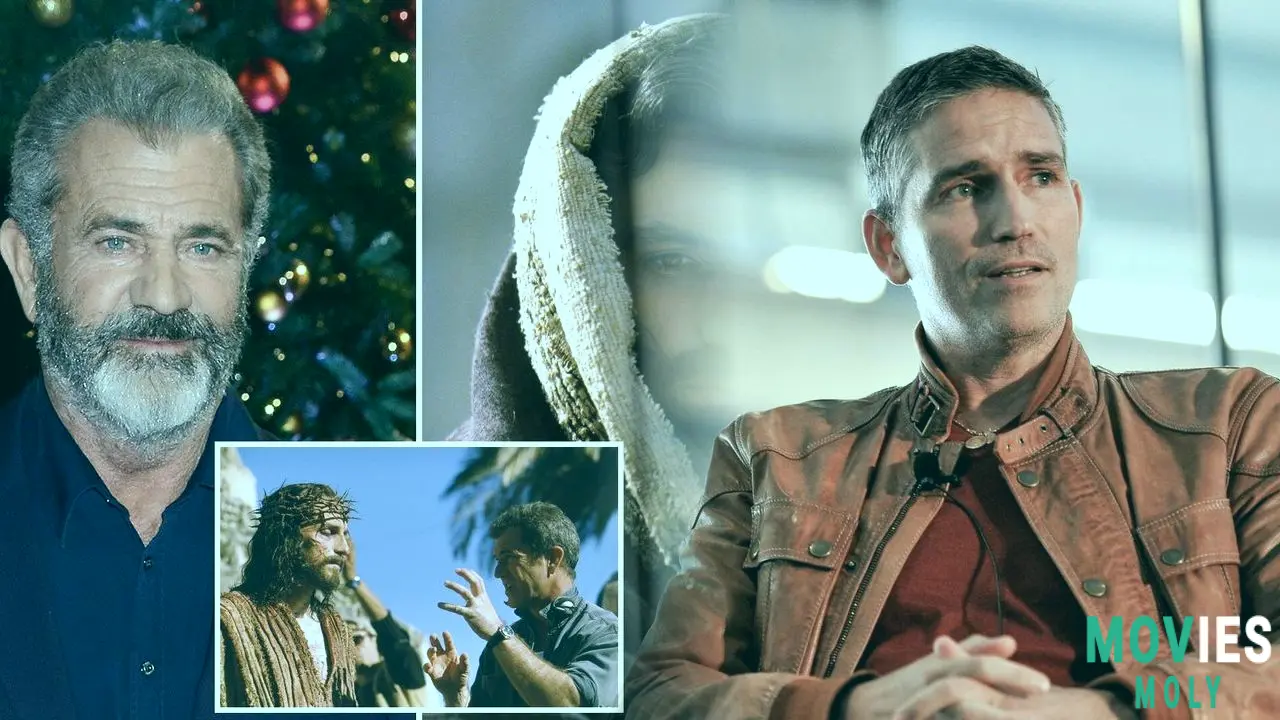
If Gibson is a director who’s learned anything over the years, it’s that risks don’t just pay off — they define legacies. When he first pitched The Passion of the Christ to Jim Caviezel, the actor says Gibson warned him straight up: “If you do this movie, you may never work in this town again.”
But Caviezel, who initially met Gibson through a now-defunct surfer-movie idea, felt called to the role in a way that couldn’t be ignored. “I literally said, ‘Oh my God, this is it,’” he recalled. And so began a collaboration that would produce one of the most polarizing — and profitable — religious films in history. With Gibson investing tens of millions of his own money, The Passion of the Christ grossed over $600 million worldwide, despite (or perhaps because of) its controversy.
Filming wasn’t just emotionally taxing for Caviezel — it was physically harrowing. The actor contracted double pneumonia, suffered a separated shoulder, was struck by lightning on the cross, and even faced a doctor’s warning that he could die during a scene. Yet, he went to confession every day, determined to keep “his temple as pure as I can so that he could come through me.” It’s devotion — both literal and cinematic — at its most extreme.
Mel Gibson’s Next Chapter: A Historically Grounded Sequel to The Passion
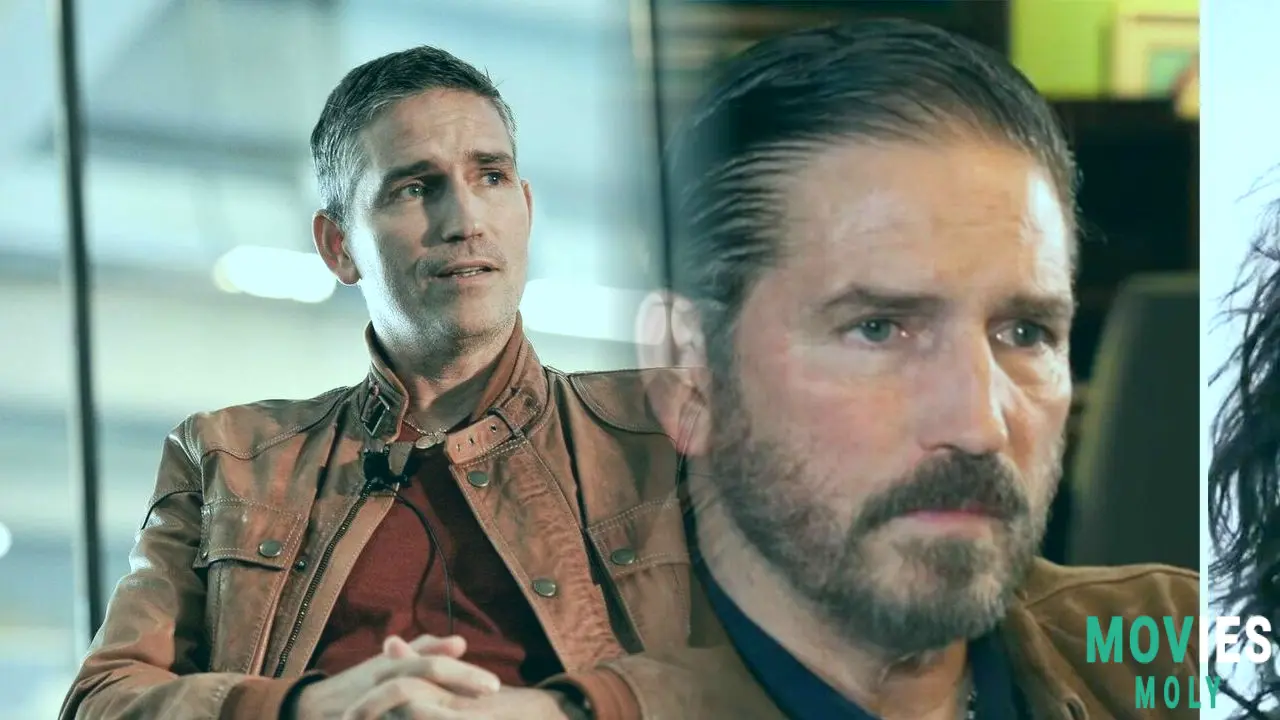
Now, nearly two decades later, Gibson is returning to the director’s chair with The Resurrection of the Christ, a sequel in name, faith, and ambition. No longer titled The Passion of the Christ 2 as originally teased, the film promises to be a smarter, sharper, and more historically accurate follow-up to the 2004 blockbuster.
Speaking on the Joe Rogan Podcast, Gibson revealed that the screenplay — co-written with his brother and Braveheart scribe Randall Wallace — took over six years to perfect. “We’ve worked with historians,” Gibson said. “All the apostles died, but nobody dies for a lie; they die for the truth. I wanted to show that. Who rose three days after being killed in public? Certainly not Buddha.”
Gibson described the narrative as “nonlinear,” a bold choice that suggests he’s not just resting on the laurels of gore and grit from the original. Instead, he’s aiming for a theological and historical precision that may silence some of the past critiques while reigniting the cultural conversation.
More Than a Filmmaker: Mel Gibson as a Cultural Crusader and Contender
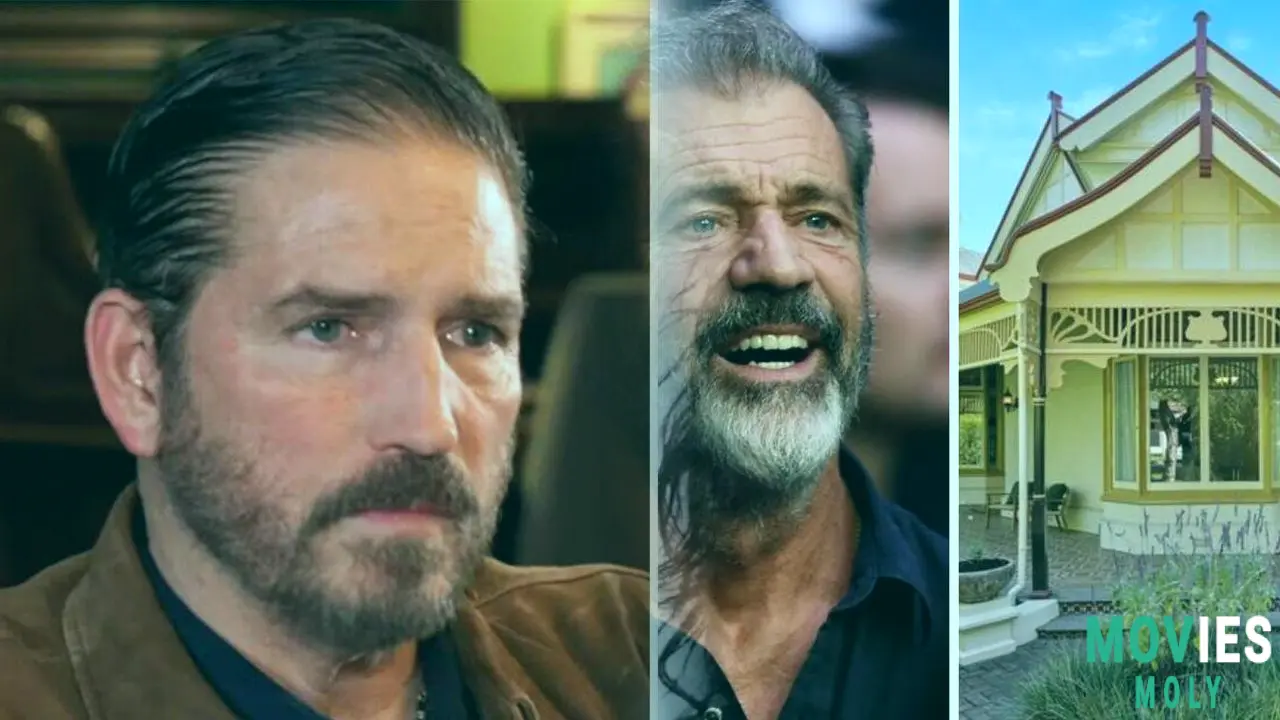
Gibson’s career has been a rollercoaster of triumphs, controversies, and comebacks — much like a Marvel or DC hero’s arc. What separates him from most is his willingness to dive back into the fray with more intensity, not less. His Adelaide home may no longer be his sanctuary, but it stands as a metaphor for where he comes from: grounded, unpolished, and real.
With The Resurrection of the Christ set to film in early 2025, there’s a palpable sense that Gibson is not just making another movie. He’s completing a mission. A mission about faith, truth, sacrifice, and storytelling. Whether the world embraces it or not, Mel Gibson remains one of cinema’s most unyielding warriors — and like the apostles he so admires, he keeps coming back, no matter the cost.

